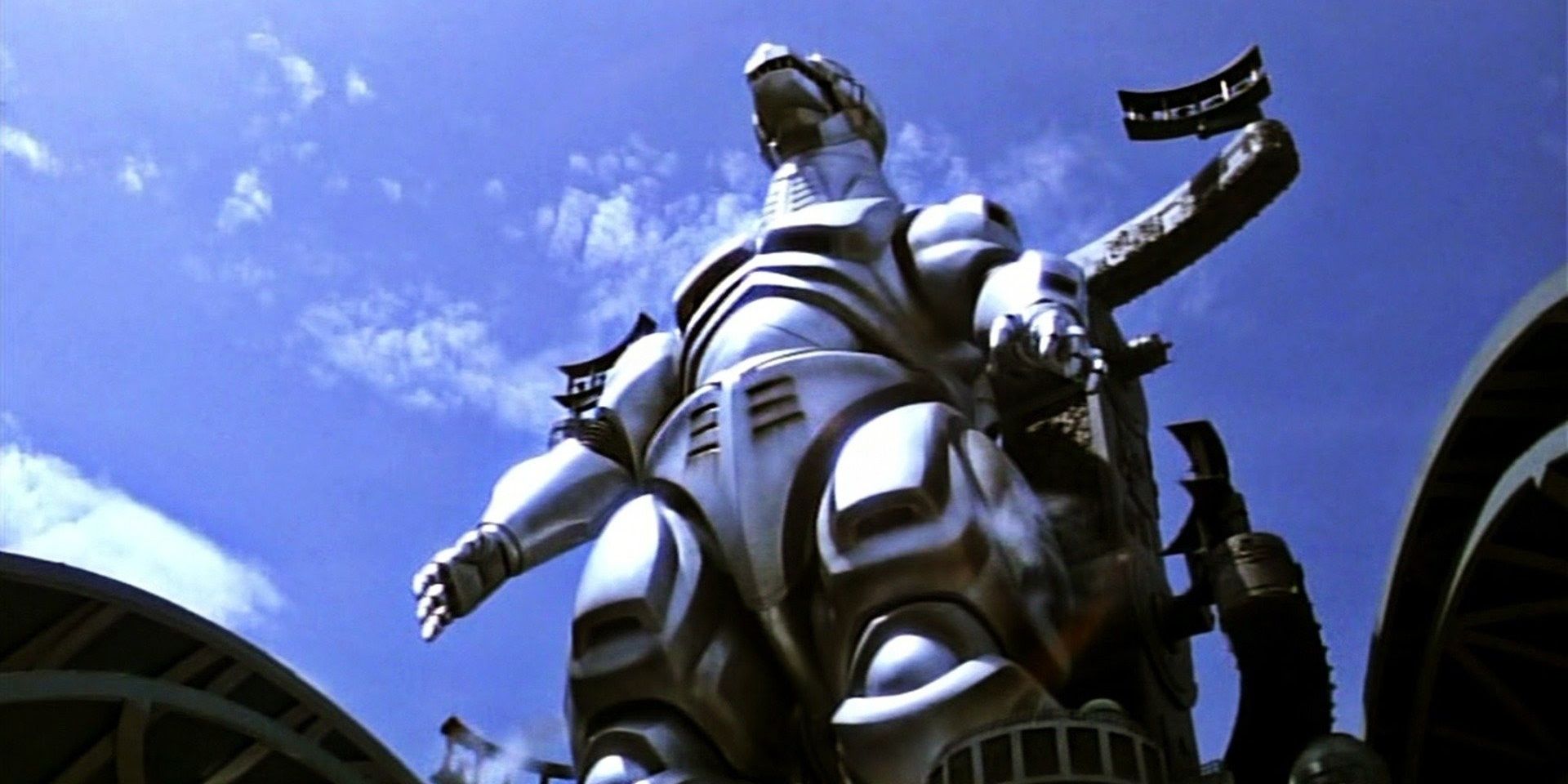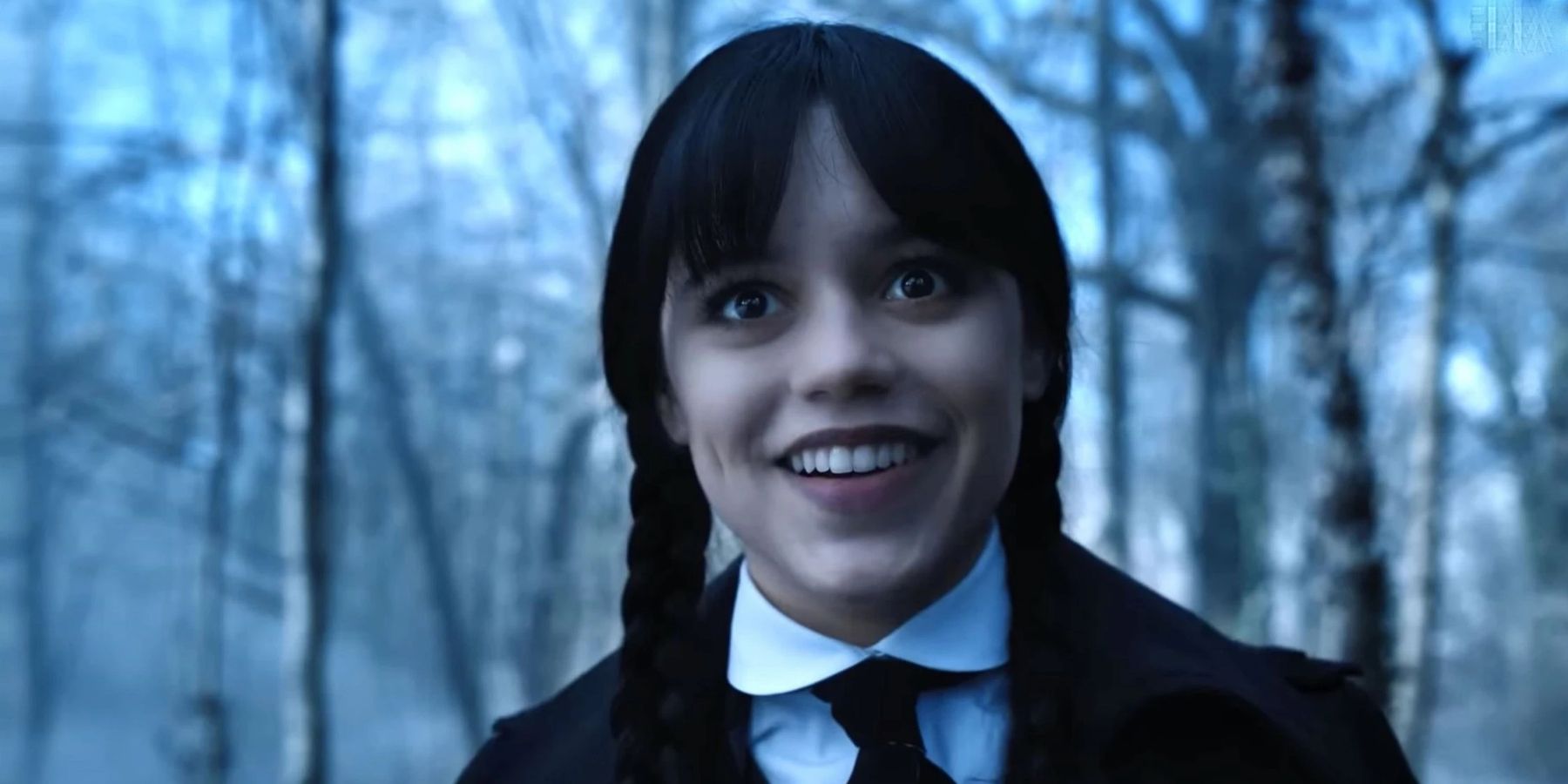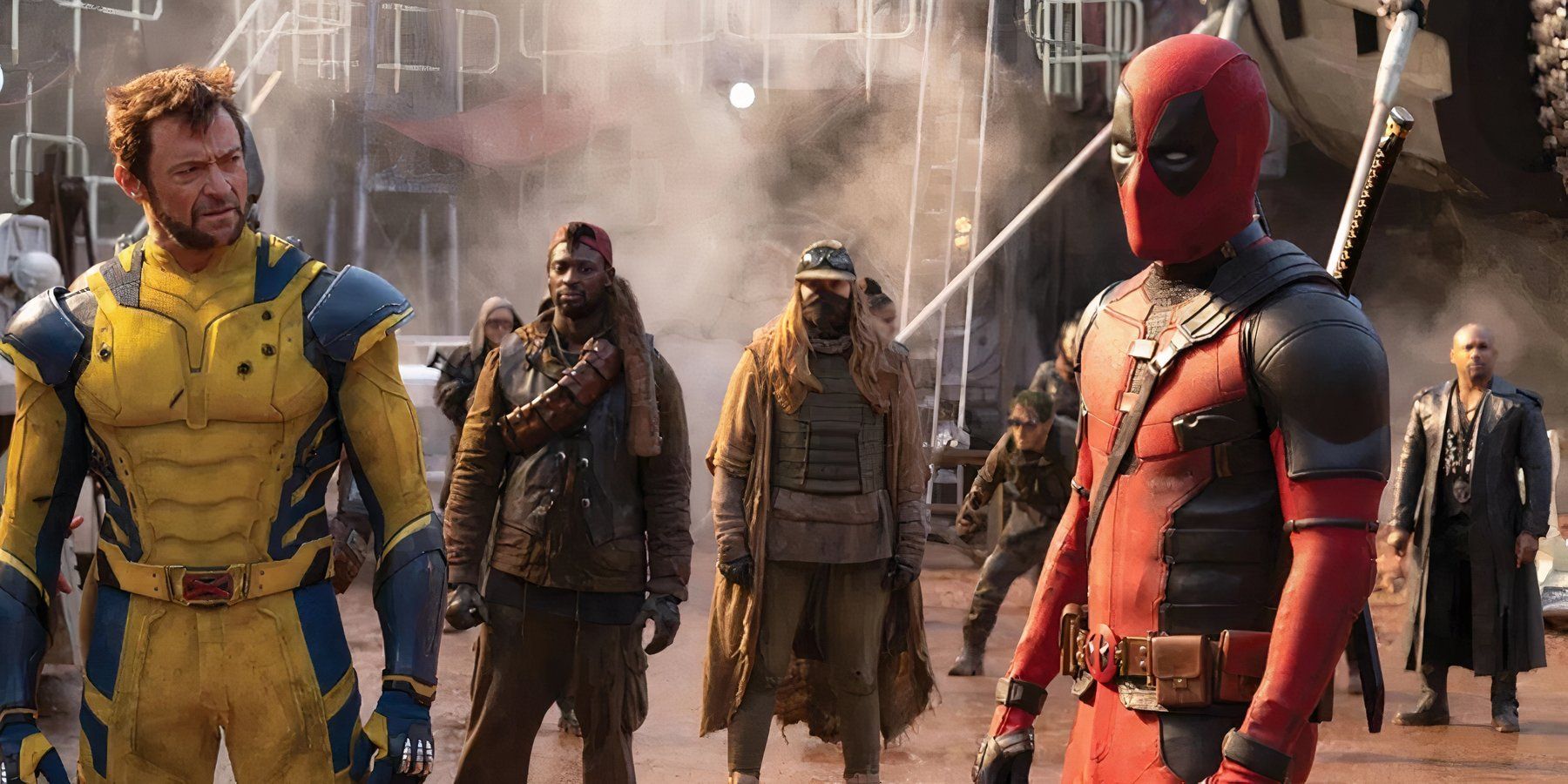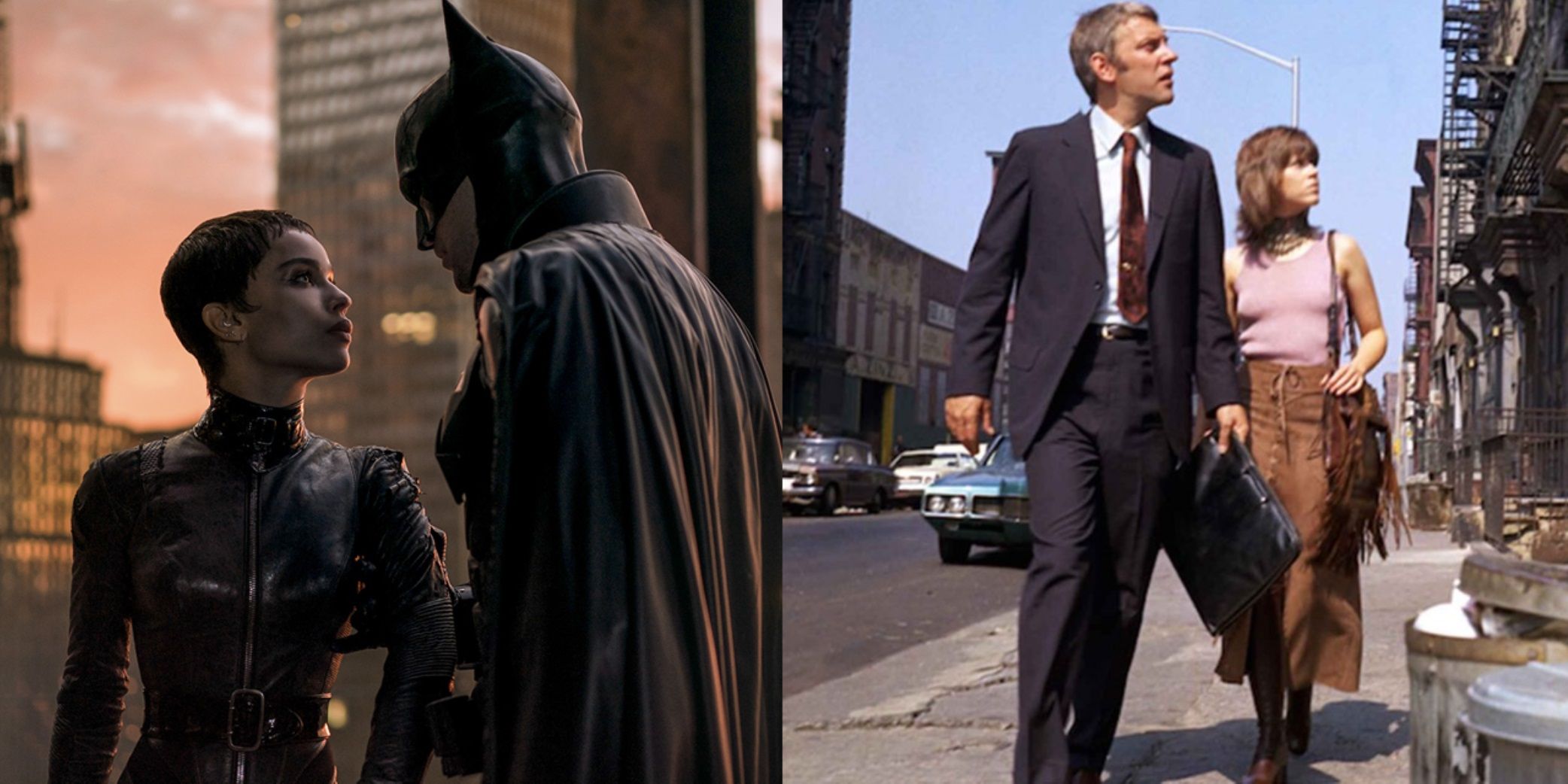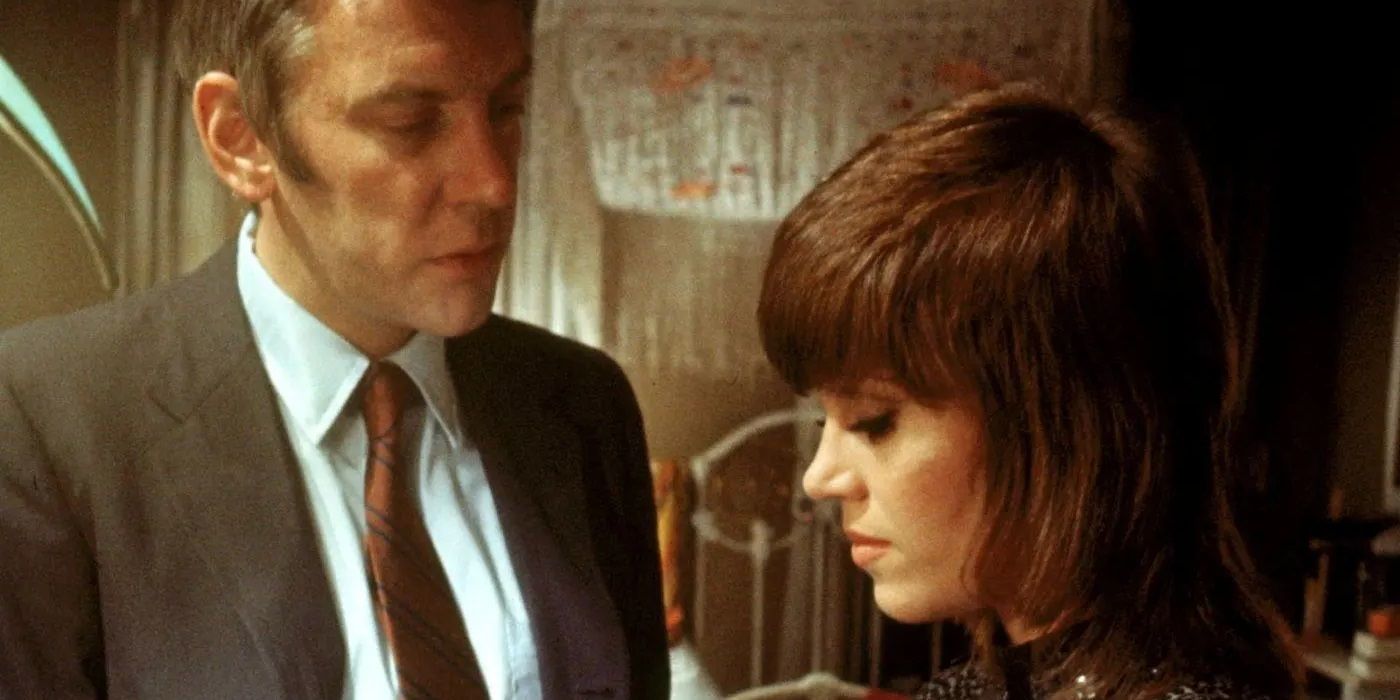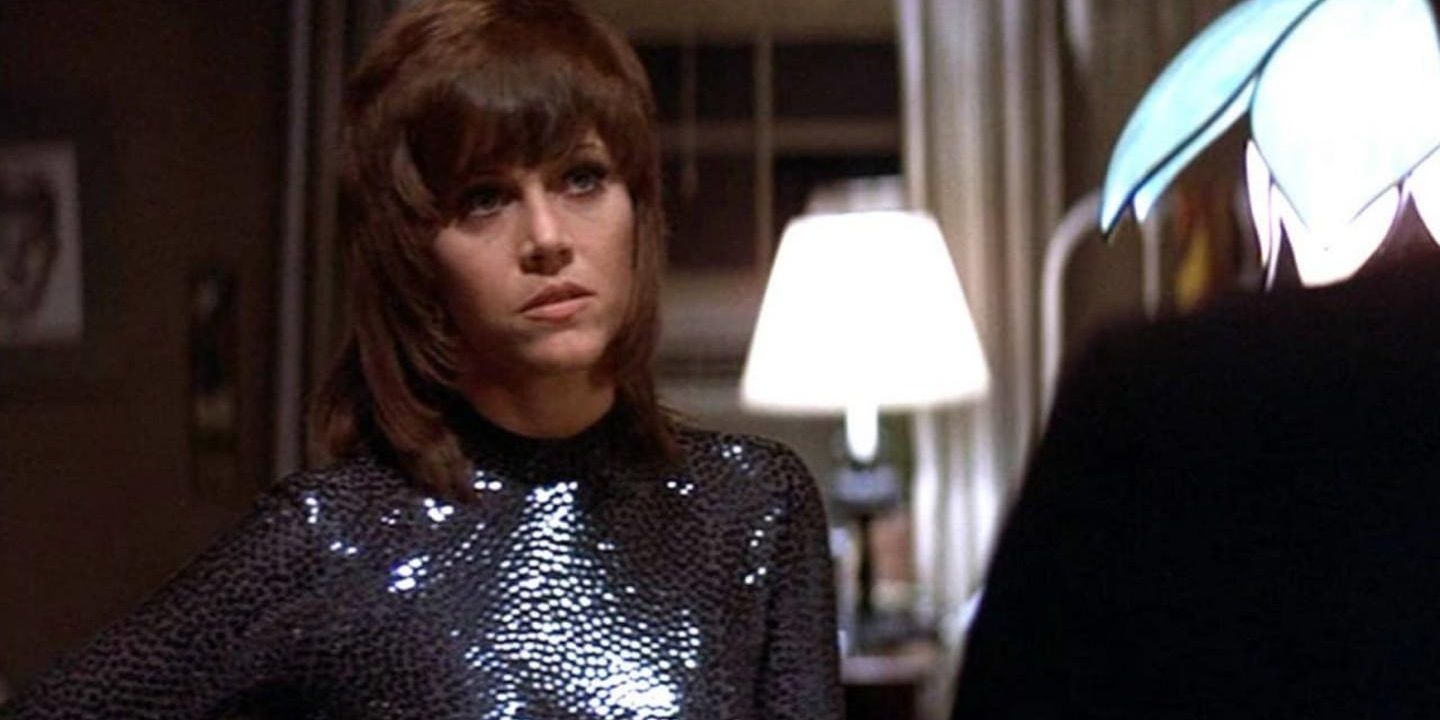Matt Reeves’ The Batman is a breathtaking three-hour character study of Bruce Wayne with riveting action sequences, fresh takes on well-worn DC icons, and a gorgeous vision of Gotham City that audiences look forward to revisiting in the future. Viewers who enjoyed The Batman and want to watch similar movies are being recommended grisly horror noirs like Se7en and Shutter Island – and those are essential viewing for The Batman fans – but the biggest influence on Reeves’ vision of the Bat mythos was the New Hollywood movement of the 1970s.
In the early ‘70s, directors like Martin Scorsese and Francis Ford Coppola rejuvenated Hollywood cinema by injecting some much-needed edge and darkness into its stories. Reeves included nods to many classics of this era in The Batman. Shooting the opening murder from the point-of-view of the killer is a nod to John Carpenter’s Halloween (and it even takes place on Halloween night). The shocking revelation that Carmine Falcone is Selina Kyle’s illegitimate father is a reference to a much more harrowing paternal plot twist in Chinatown. With the Bat’s voiceover narration of his diary entries, Reeves frames the Bat’s vigilante crusade like Travis Bickle’s own futile war on crime in Taxi Driver.
The most overt ‘70s movie homage in The Batman is Batman’s dynamic with Catwoman, which evokes Donald Sutherland and Jane Fonda’s dynamic as a detective and a person of interest-turned-co-crimefighter-turned-love interest in Alan J. Pakula’s 1971 neo-noir masterpiece Klute. Followed by The Parallax View and All the President’s Men, Klute was the first chapter in Pakula’s unofficial political paranoia trilogy. Sutherland plays a cop searching for his missing friend and Fonda plays a high-priced New York call girl, the only lead in the case, whose own life could be in danger. There are obvious parallels between this pairing and the Bat and the Cat’s relationship at the heart of The Batman.
Klute Was The Batman’s Biggest Influence
Sutherland’s John Klute is a cop hired privately to find his missing friend after six months of rudimentary police work yield no results. Klute has never worked a missing persons case or even been to New York City, so he’s pretty out of his depth. Fonda’s Bree Daniels, on the other hand – a role that earned Fonda a Best Actress award at the Oscars – is a street-smart prostitute who is gutsier and more in touch with the city’s underworld than the detective himself. Bree’s complicated characterization avoids the trappings of the tired “hooker with a heart of gold” trope: she’s flawed yet relatable, fierce yet vulnerable. She’s not a one-dimensional archetype who serves the male lead’s journey; if anything, he serves hers.
Upon arrival in New York, Klute starts monitoring Bree’s phone. He watches her going around the city, turning tricks for high-paying clients, similar to Batman surveilling Catwoman at her apartment in The Batman. The voyeuristic cinematography in these sequences calls back to the suspense thrillers of Alfred Hitchcock (another influence on The Batman). Like Selina, Bree reluctantly cooperates with the investigation. She does most of the talking, since her co-star is a man of few words, and eventually, an unlikely romance blossoms between the two.
Ultimately, the relationship between these two characters is much more interesting than the missing persons case that brings them together. There’s a basic storytelling rule that the thing that seems the most important at the beginning shouldn’t matter by the end, and the thing that seems the least important at the beginning ends up taking over. Both Klute and The Batman adhere to this rule by setting up a hard-boiled crime story and focusing on the burgeoning romance that springs out of it.
Stunning Cinematography And Paranoid Music
Klute’s cinematography was lensed by Gordon Willis, best known for his work on Annie Hall and The Godfather trilogy. Willis’ work on Klute has a sumptuous yet understated visual palette. His shots are refreshingly minimalist and not overly stylized, but still deeply cinematic. Willis defined the look of the neo-noir with carefully crafted compositions. He highlights Klute’s loneliness with a wide shot of the detective sitting alone in his apartment, listening to Bree’s conversations, with the enormity of the city bearing down on him outside the window.
Michael Small’s musical score captures the paranoid tone of Pakula’s filmmaking with spooky instruments and jarring tonal shifts. Small has scored some of the most iconic cinematic portraits of paranoia – from The Stepford Wives to Marathon Man to The Driver to The China Syndrome – so it’s hardly surprising that he deftly evokes those emotions in Klute. Any DC fans who were enraptured by the Bat’s doomed romance with Catwoman in The Batman should check out the character-driven neo-noir that inspired it. Much like Zoë Kravitz’s Selina, Fonda’s Bree is a complex femme fatale who steals the spotlight from her eponymous co-star.

